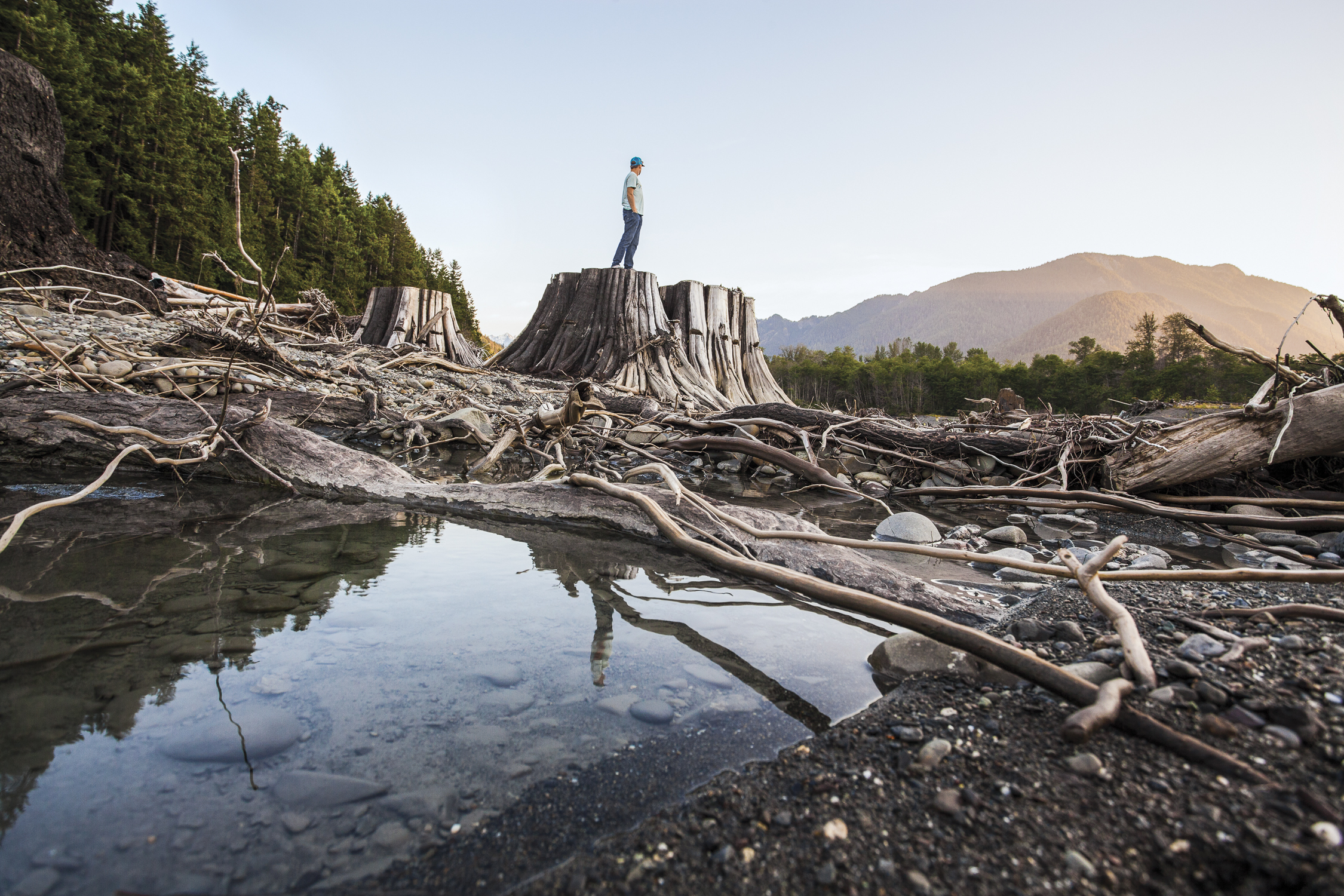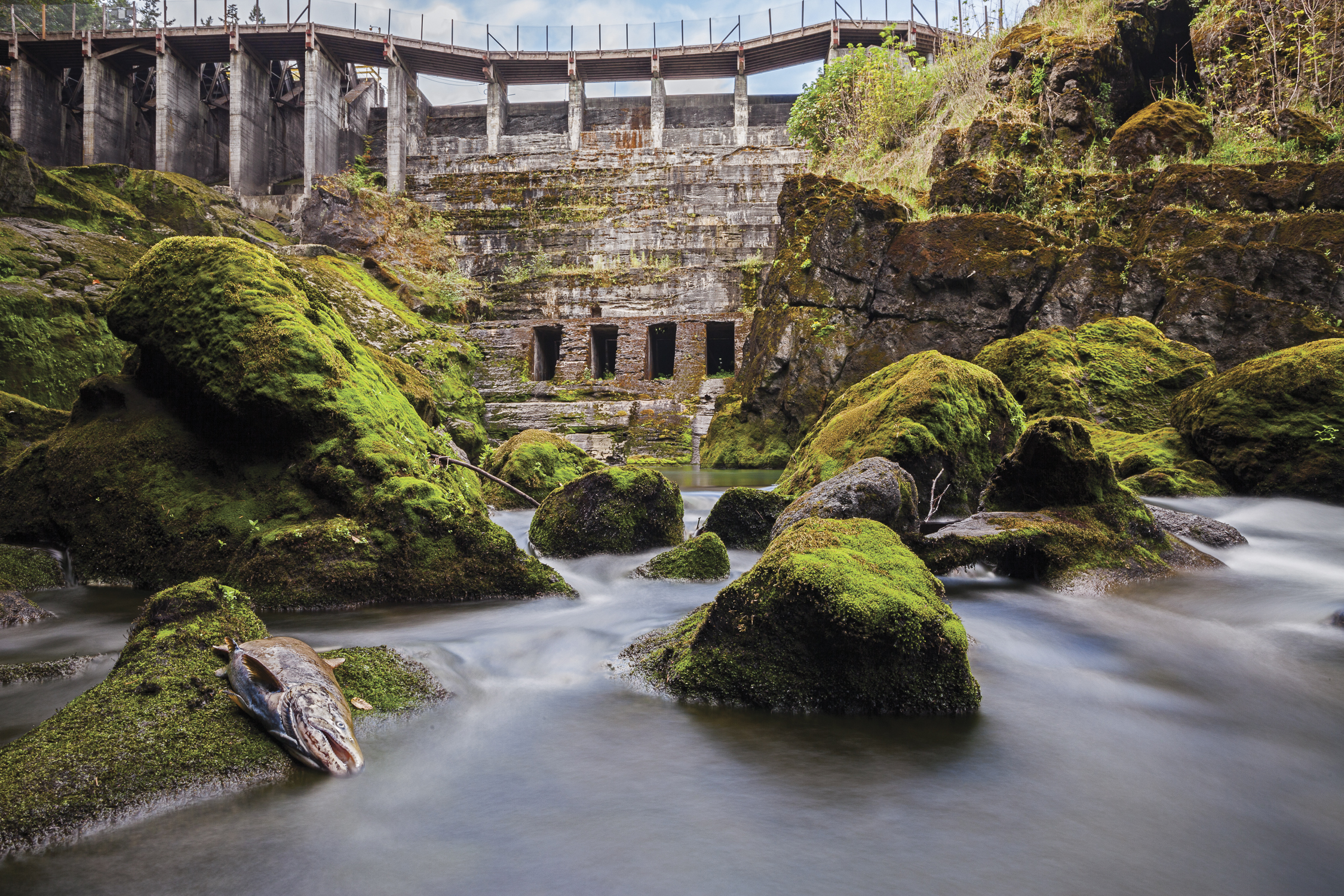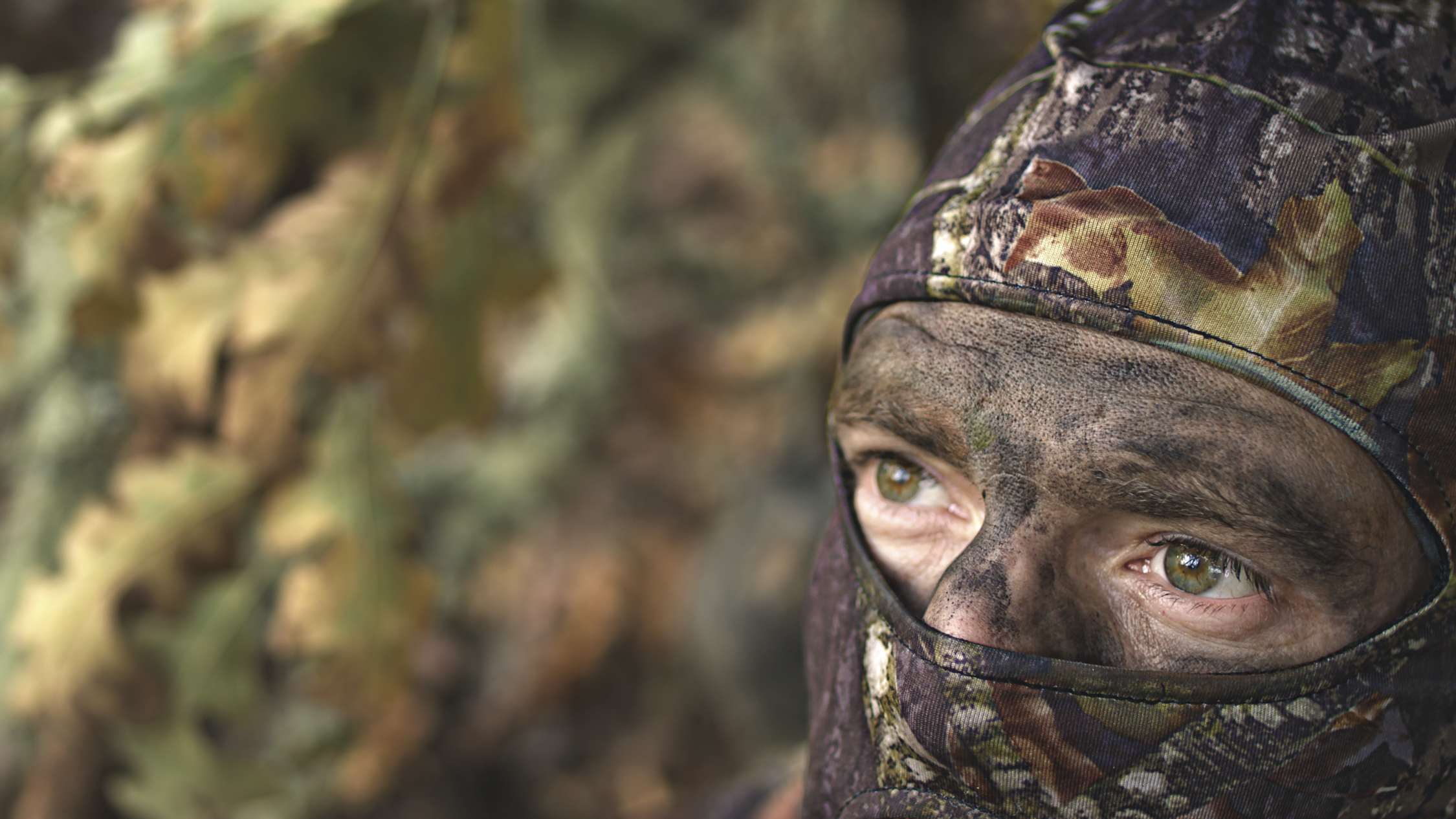DamNation, The Most Important Film You Will Watch this Year
A salmon leaps out of the frothy waters, slamming its powerful body against the 100 foot high cement wall. Again and again it tries, but to no avail. Beyond the wall lies the breeding ground that this salmon’s ancestors have used for hundreds of years. But this salmon, and thousands like it, may never make it there.
This is a scene from DamNation, this summer's most powerful environmental documentary. Three years ago, Felt Soul Media filmmakers Ben Knight and Travis Rummel and Stoecker Ecological fish biologist and underwater photographer Matt Stoecker embarked on a journey to document the environmental impacts of deadbeat dams across America. In their feature length documentary they weave together stories of pristine rivers, age old salmon, cement walls and the people whose lives are bound together by the flowing water. Visually stunning and powerfully eye opening, DamNation documents the attempt to reverse a century's worth of land and water management mistakes.
Sierra recently caught up with director and co-producer Travis Rummel to learn more about the effects of dams and what it took to create this award- winning film.

There’s something different about DamNation than other documentaries.
Compared to other environmental documentaries I think DamNation is pretty uplifting. Dam removal is something you can do that actually has immediate effects on the environment. There are 85,000 dams on rivers throughout the U.S. so it’s an issue that is literally in everyone’s back yard. Most people in the general public just look at dams as part of the landscape and I think once you see the film you’ll look at dams a lot differently.
Can dams be built sustainably?
I would shy away from blanket statements about that. Each dam is its own project and all dams have a limited lifespan. The dams that we’re advocating for are at the end of their lifespan. What we really show in this film is how crazy it is that some of these structures that were built in the 1930's are still around. These are what we call deadbeat dams- dams that no longer serve a purpose but their presence is disrupting the ecosystem.
And then there are the salmon.
The stories of the salmon are deeply effected by dams. Salmon are some of the most versitie and tenacious fish and they are a part of so many native cultures. One of the main problems with dams is that they effect salmon runs. Every spring salmon swim upstream from the ocean to spawn. The trip can be hundreds of miles and after releasing their eggs, most of the fish die. This is a cycle that's been happening for thousands of years. A dam essentially stops this cycle.

The film was budgeted for one year but it ended up taking three to complete. How do you justify putting so much time into one film?
Yvon Chouinard and co-producer Matt Stoecker came to us and asked us to help them make this film. We were just really concerned to make the best possible film we could. After one year it was clear that we were going to need a lot more time. Yvon said ok. We had a couple other short projects here and there, but it was pretty much just DamNation for the majority of the next two years.
Patagonia was a huge part of the success of this movie, providing the funding and advertising. But it doesn’t seem like a Patagonia film. Was it a conscious decision to avoid branding?
Yvon Chouinard was willing to write the check to help make this film happen, but in no way was there ever any pressure to create a name branded piece. He and Matt saw the need to raise awareness about the effects of dams and we could help make that happen. What we all feel is most important is to make a really good documentary that does justice to the issue. Initially Ben [Knight] and I were pretty skeptical about making a film about dam proposals.
But then in the film you’re in kayaks arguing with dam workers. And later Ben is in full camo, hiding from a helicopter in the woods to get a shot of a dam going down.
Those were some of the more heated parts in the film and they came naturally. We were constantly throwing ourselves into sketchy situations but it was all to tell the story. The more time we spent in and around the issues the more we realized the true environmental impacts of dams. In the begining we were just like everyone else- we hadn't really thought much about dams. Whenever we make a film we are pushing the boundaries of what we know and what we can do. At the end of three years we were very intimate with this cause. We really learned the importance of freeing rivers.

What about dams globally?
With DamNation we fully decided just to focus on the US. This is one of the areas where the U.S. is actually really progressive. We were one of the first big industrialized countries to build these huge dams and now we’re the first one to take them out. We feel like there’s a great lesson here that we can express in a non-preachy way that architects can get behind.
In Chile, Patagonia recently helped locals prevent the damming of two huge rivers. A step in the right direction?
It’s incredible that in Chile they’re not going to dam the Rio Baker and the Rio Pascua; that the locals actually stopped the government. I think it’s great to celebrate but we also need to pay attention to see how many deals are actually going down. China, India, Brazil—these are large, developing countries that are all building dams.
Between this and your previous film Red Gold (2008), you’ve created two award winning films in the past few years. How does that feel?
I think that Ben and I are pretty firmly rooted in the things we care about and we’re definitely not in it for the money. We don’t take it for granted. We put a lot of time and effort into creating something that is worthy of the cause. And it helps when we get positive reinforcement from people who care about the issues as much as we do. Awards and sold out screenings: I think the film is doing what it’s supposed to do as far as resonating with the audience.
DamNation can be purchased on Vimeo and iTunes and at Patagonia.
 The Magazine of The Sierra Club
The Magazine of The Sierra Club







